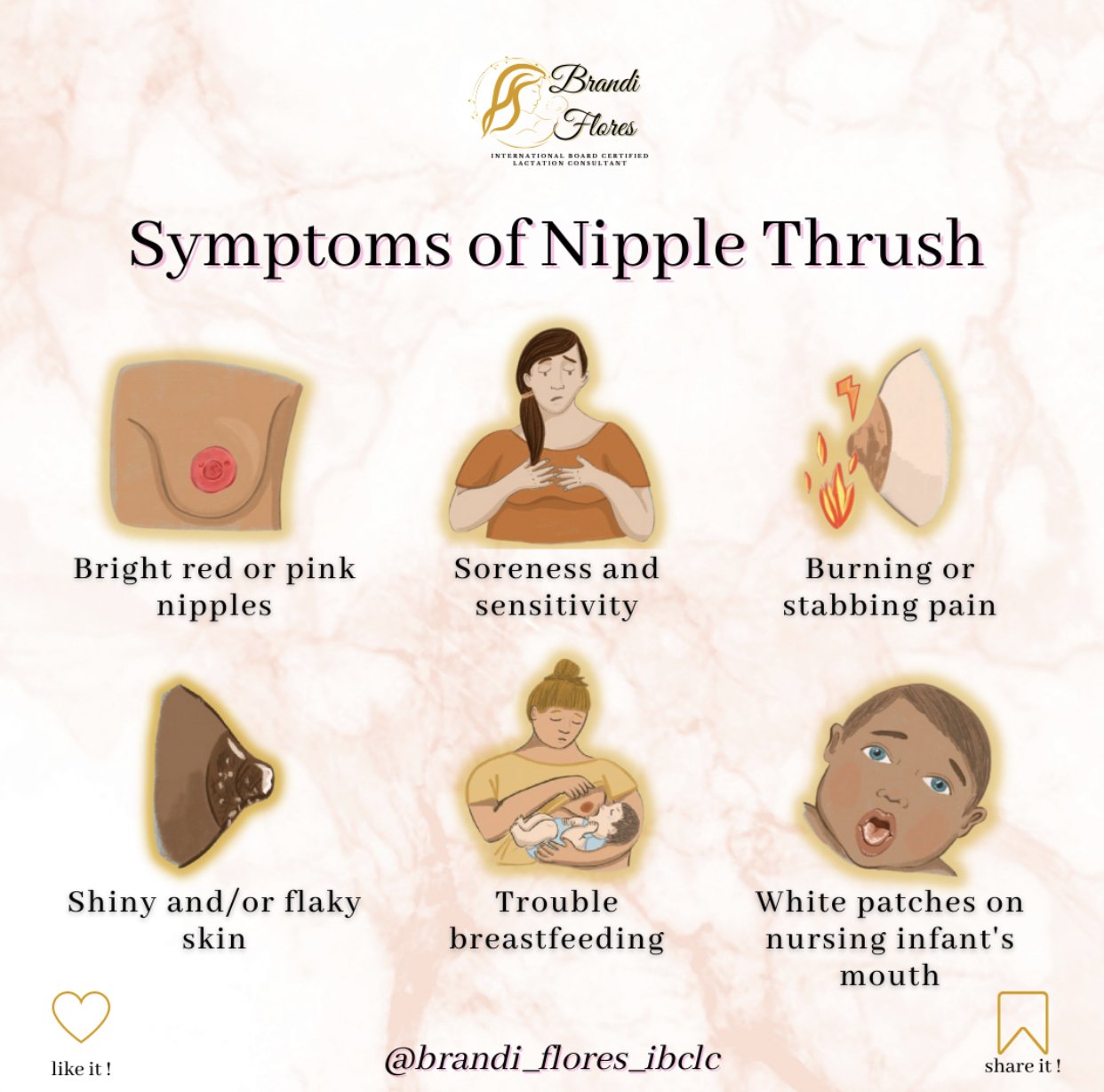Thrush Symptoms and Treatment
It’s common for babies under the age of six months to suffer from thrush, as their immune systems are still developing and are unable to fight off many infections.
You may have picked up a fungus called Candida albicans on the way to the delivery room, which is what causes thrush in your baby. Babies who are born prematurely (prior to 37 weeks), have a very low birth weight, or have been treated with antibiotics may also develop thrush.
You and your baby may find it difficult to breastfeed if you have thrush, which is a common and easily treatable condition. The fact that it can manifest as diaper rash is due to its proclivity for growing in warm, moist environments
You’ll notice white spots on your baby’s mouth, tongue, and even the corners of their mouth if they have oral thrush, the most common symptom. If you use your finger or a soft cloth to wipe their mouth, the spots will look like cottage cheese and won’t come off easily.
If your baby begins to suckle and then turns away or cries, thrush may be the cause.
Be careful not to confuse thrush with an oral coating of your breast milk, which can also show up as white spots. How to tell the difference: Thrush is difficult to remove.
Because thrush can be passed from mother to child, it’s possible that your doctor will advise treating you and your baby together. If you have thrush on your nipples, areolas or breasts, your doctor will likely recommend that you apply a prescription antifungal cream. The infection should clear up after about a week, but let your doctor know if it doesn’t.
Treatments for thrush in babies
Nystatin, an antifungal medication, can be applied topically to the inside of the mouth and tongue to treat oral thrush in infants.. Oral fluconazole (Diflucan) given by dropper may also be prescribed in tough cases. In the case of thrush on the breasts or the bottom of a baby, you may need to use a different medication..
.
.
.
#thrushsymptoms #thrush #breastfeeding #newbaby #breastfeedingproblems #breastfeedingjourney #breastfedbaby #motherhoodunplugged #postpartum #parenting #lactation #newbornbaby #motherhood #breastfeedingmom #breastfeedingsupport #thelactationnetwork #newmom #oralthrush #breastmilk #breastfeedingmama #sfbayareaibclc #newborn
